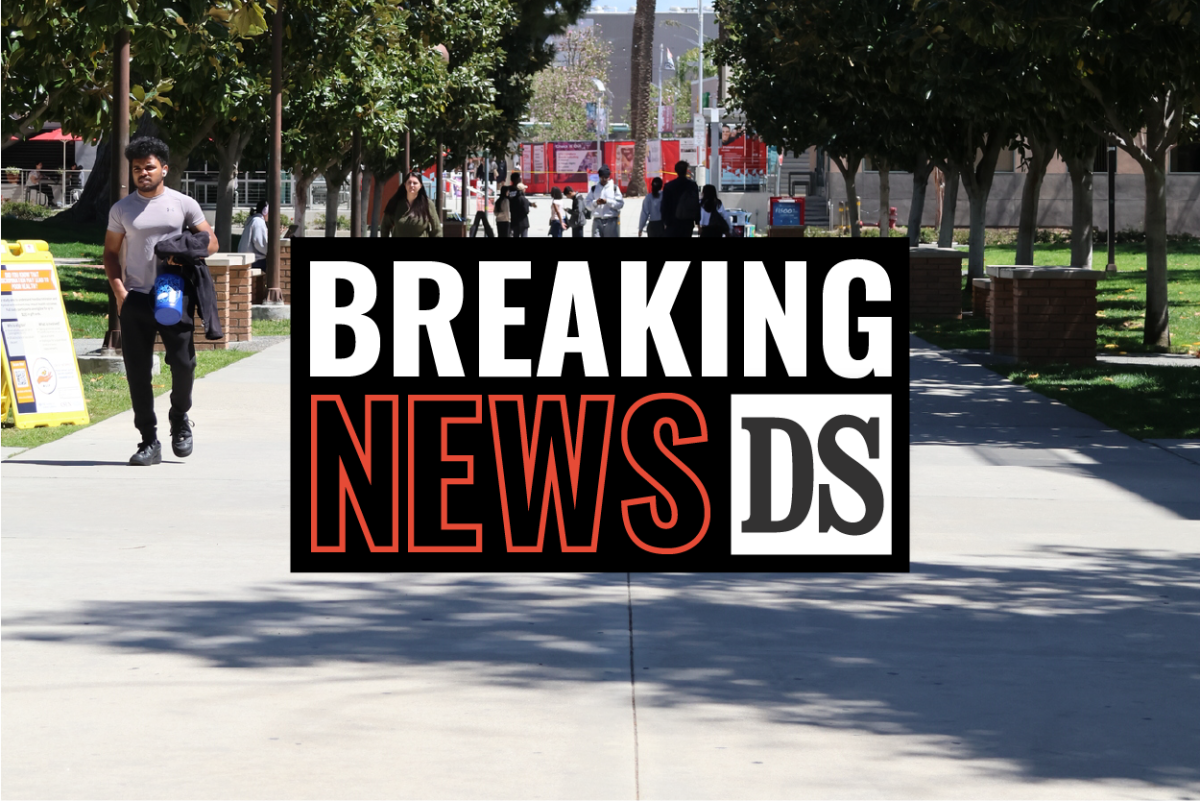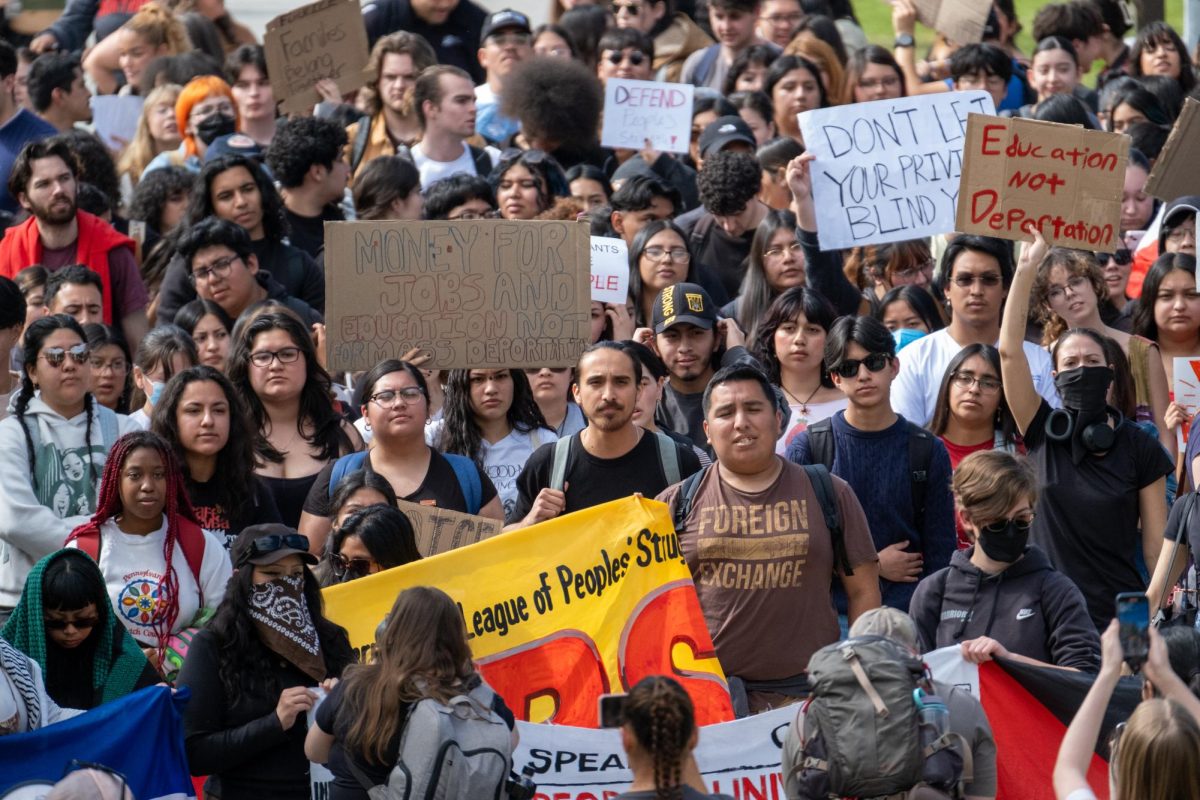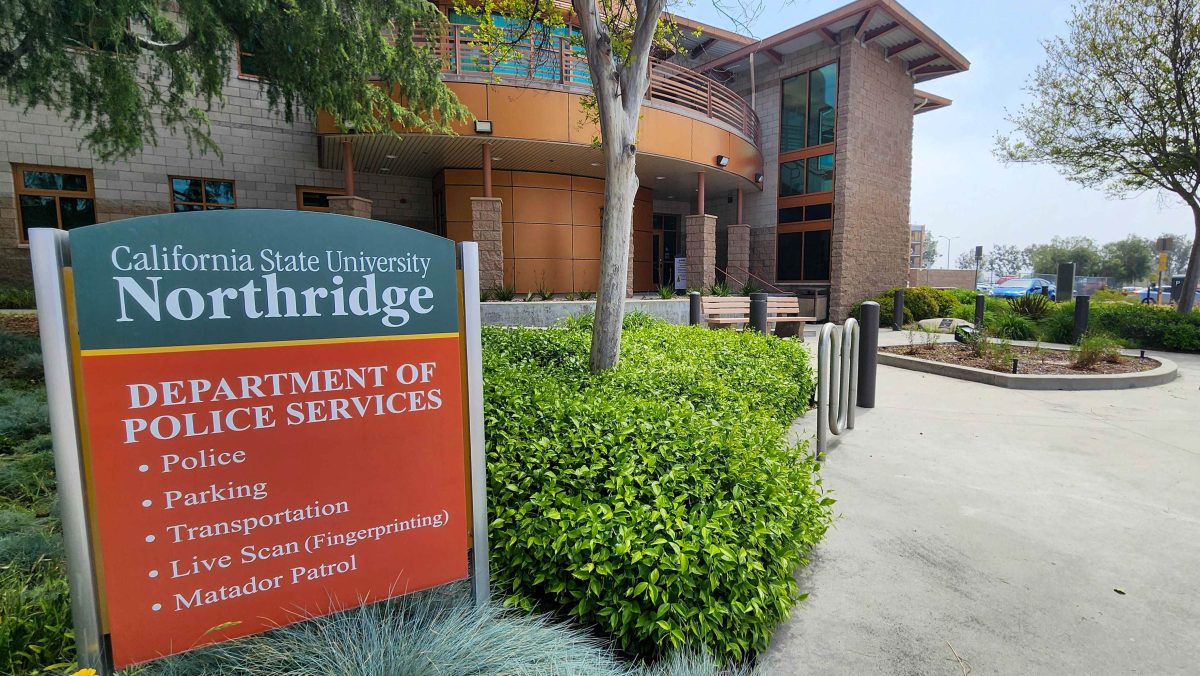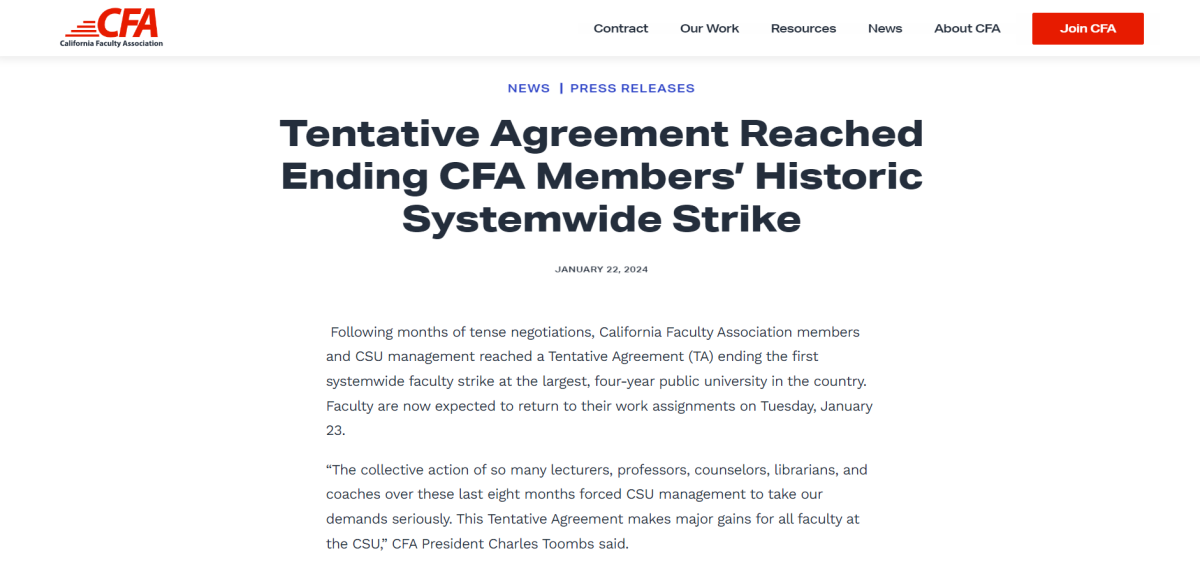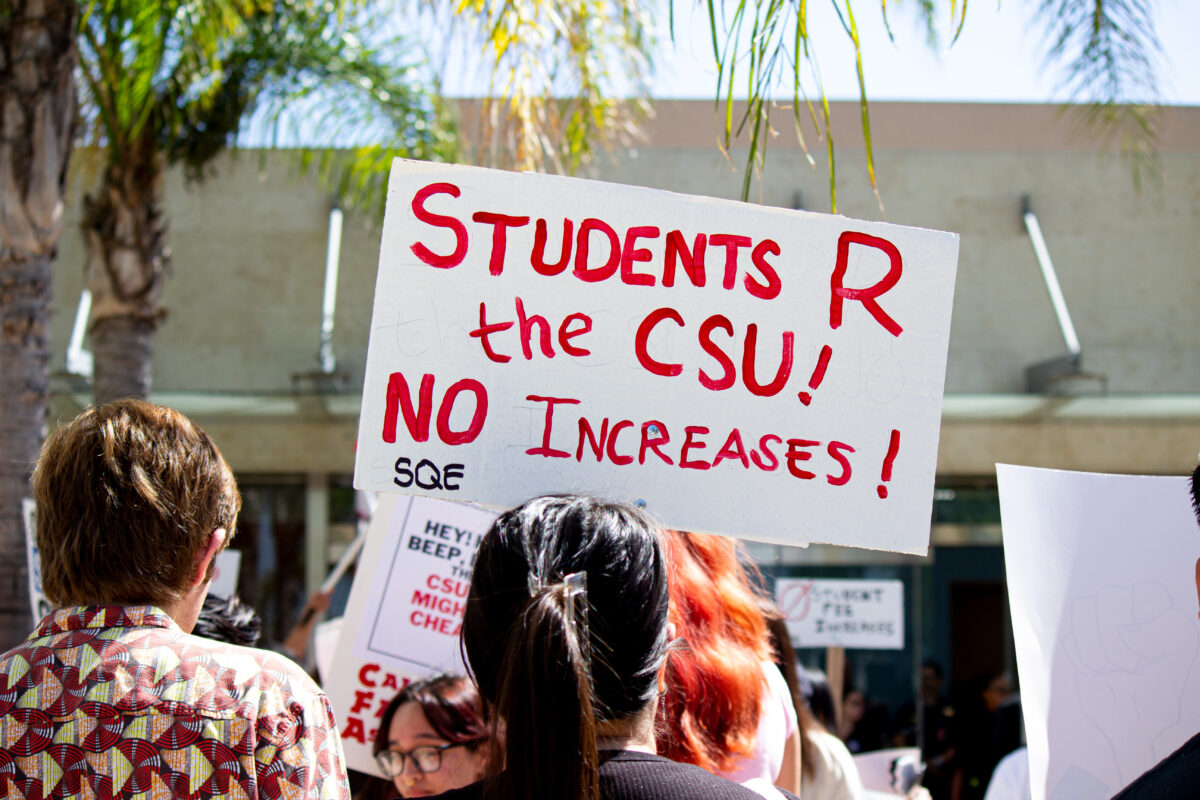The California State University (CSU) Board of Trustees voted Wednesday to approve a two-step tuition increase equaling 15 percent and adopted the 2011-12 budget requesting financial support from the governor and legislature in a boost of $379 million.
Students will pay an additional $105 (5 percent) for the Winter/Spring terms and $444 (10 percent) for the 2011-12 school year.
Jack O’Connell, superintendent of public instruction for the CSU, said the 10 percent tuition increase would entitle 30,000 plus students to have an education and more class sections.
“It will mean more classes at convenient times for our students,” O’Connell said. “A four-year degree will mean a four-year degree.”
CSUN President Jolene Koester said she urged the Board of Trustees to support the 10 percent fee or tuition increase for next year to allow the presidents of the CSUs to make and help their campuses run, so they could plan to serve the students they hope will be there.
She added as they looked to next year, they would be making decisions at CSUN at the end of this month regarding the number of freshman the university would admit next fall.
“Ten percent increase in fees for Cal State Northridge for next year is $11 million,” Koester said. “That’s out of a $340 million state budget. That’s a lot of money.

That makes a huge difference to Academic Affairs, Student Affairs and other parts of the university in terms of how we plan for those students,” Koester said.
Dr. Charles B. Reed, chancellor of the CSU Board of Trustees, said he mentioned during the meeting that the board had made an early decision to open, reopen and continue to take applications.
He said they received 58,000 applications and the 30,000 plus new students would be admitted in January and February. He added that for planning purposes, this was why the recommendations voted on Wednesday were made.
Students attended the meetings held on Tuesday and Wednesday.
Yeimi Lopez, California State University, Sacramento student and member of Students for Quality Education (SQE), brought over 1,500 letters from her campus opposing the tuition increase.
“In reality, 55 percent of CSU students don’t receive financial aid,” Lopez said. “Three out of four students have jobs, sometimes two.”
Lopez added that as an AB540 student she was ineligible to get financial aid and a job, and said she would have to take the semester off.
Like Lopez junior Luis Plascencia, 23, a CSUN student said he does not receive financial aid.
“As it is, I don’t apply so that means when tuition goes up, there’s going to be more pressure on me,” said the business management major. “If I had the opportunity of receiving financial aid, it would be much better and helpful.”
Plascencia said he wants to try to take as many units possible.
“With times as they are right now, it’s not really easy,” Plascencia said. “The fact that tuitions will be going up is going to put more pressure on me. It means more money that I could have used for other things that now I have to use towards school.”
Plascencia said he would like to see more financial aid available for students.
“More units and classes will put more stress on me and there’s going to be no balance between work, school and my personal life,” he said.
Senior Luis Alvarez, 23, English major is concerned with the class cuts.
“When I first heard about the tuition increase, I truly believed that it was becoming ridiculously expensive and then I asked myself the question “why,” Alvarez said.
He said rises in tuition and budgets cuts is going to mean fewer classes.
“You’re ultimately paying more for school and you’re receiving less in education and that doesn’t make sense to me,” Alvarez said. “My sister is a freshman here at CSUN and it’s not fair to her and other students coming to this school.
Alvarez said he remembers when tuition costs at Cal States and community colleges were cheap.
“If the money is going to be used towards recreational purposes like making our school look fancier, then there might be a possibility of having students demanding answers from the board members,” Alvarez said. “They need to find out where our money is going and why it’s increasing.”
David Saakyan
contributed to this report

